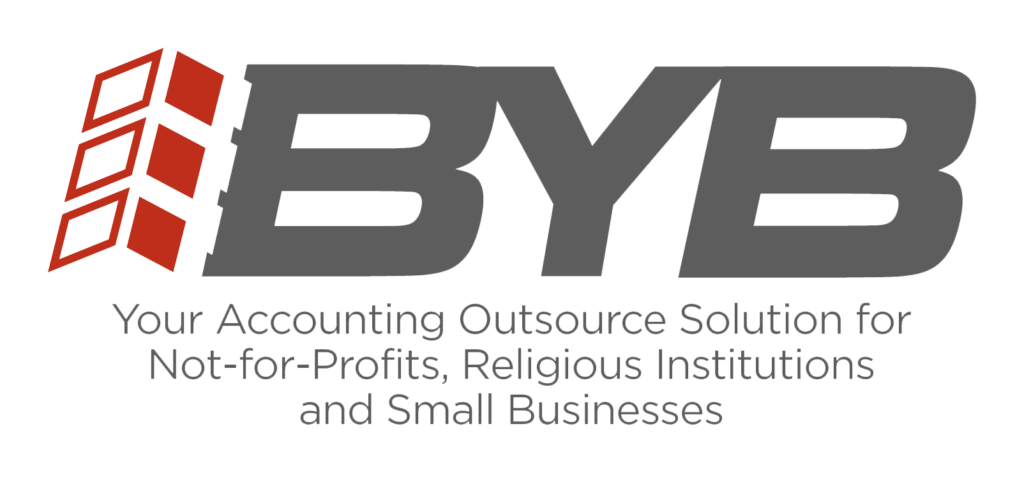The beginning of a new year is a great time for employees to review their withholding and determine if any adjustments are necessary.
The IRS has released the 2020 Form W4 which has been redesigned to reduce complexity and increase the accurateness of the withholding system.
The 2020 W4 form should be used by new hires and any employees making withholding changes in 2020.


 Beginning on Jan. 1, 2019, the standard mileage rates for the use of a car (also vans, pickups or panel trucks) will be:
Beginning on Jan. 1, 2019, the standard mileage rates for the use of a car (also vans, pickups or panel trucks) will be: As of January 1, 2019, the maximum wage base that is subject to the Social Security payroll tax will increase from $128,400 to $132,900.
As of January 1, 2019, the maximum wage base that is subject to the Social Security payroll tax will increase from $128,400 to $132,900.
